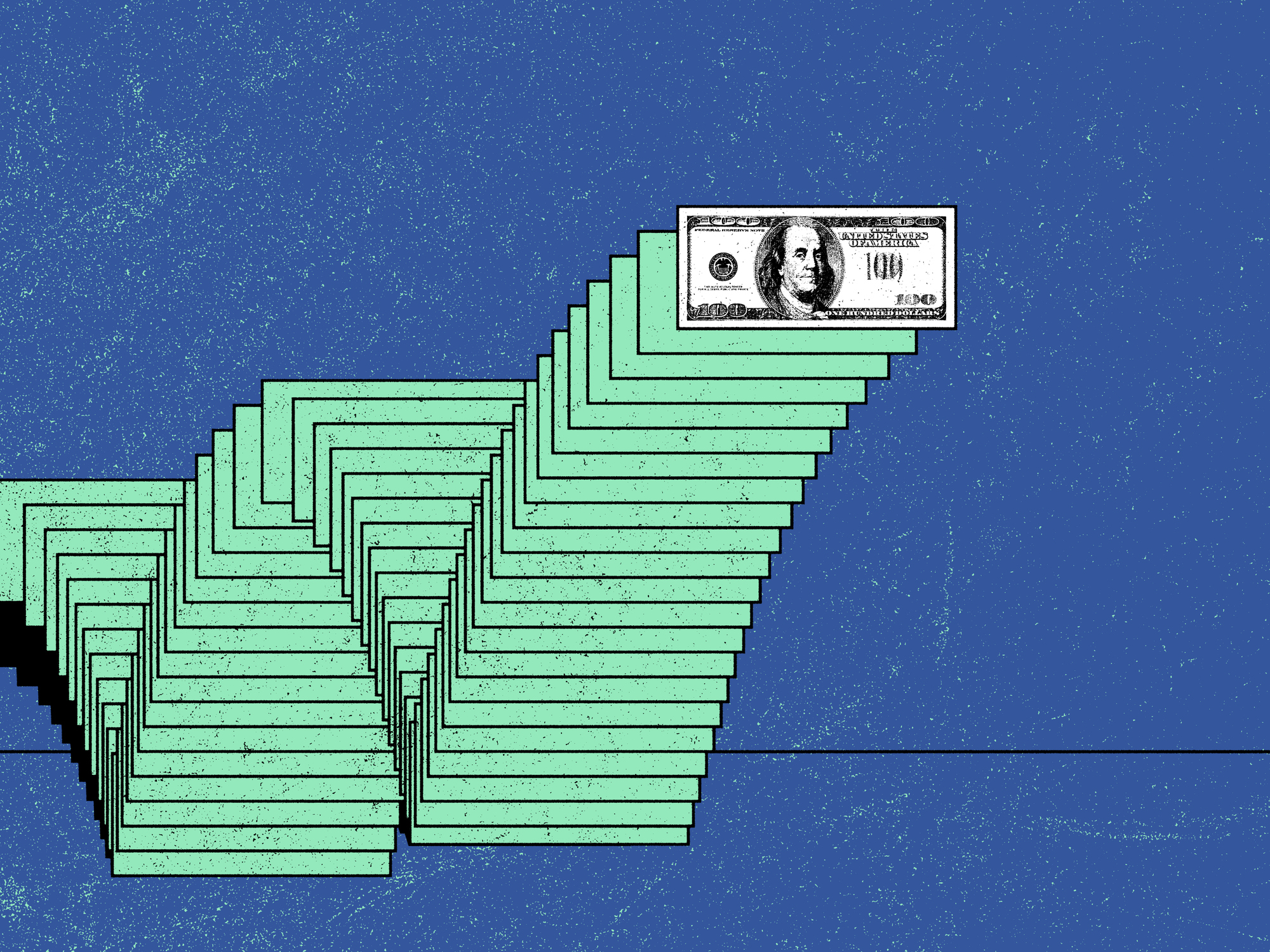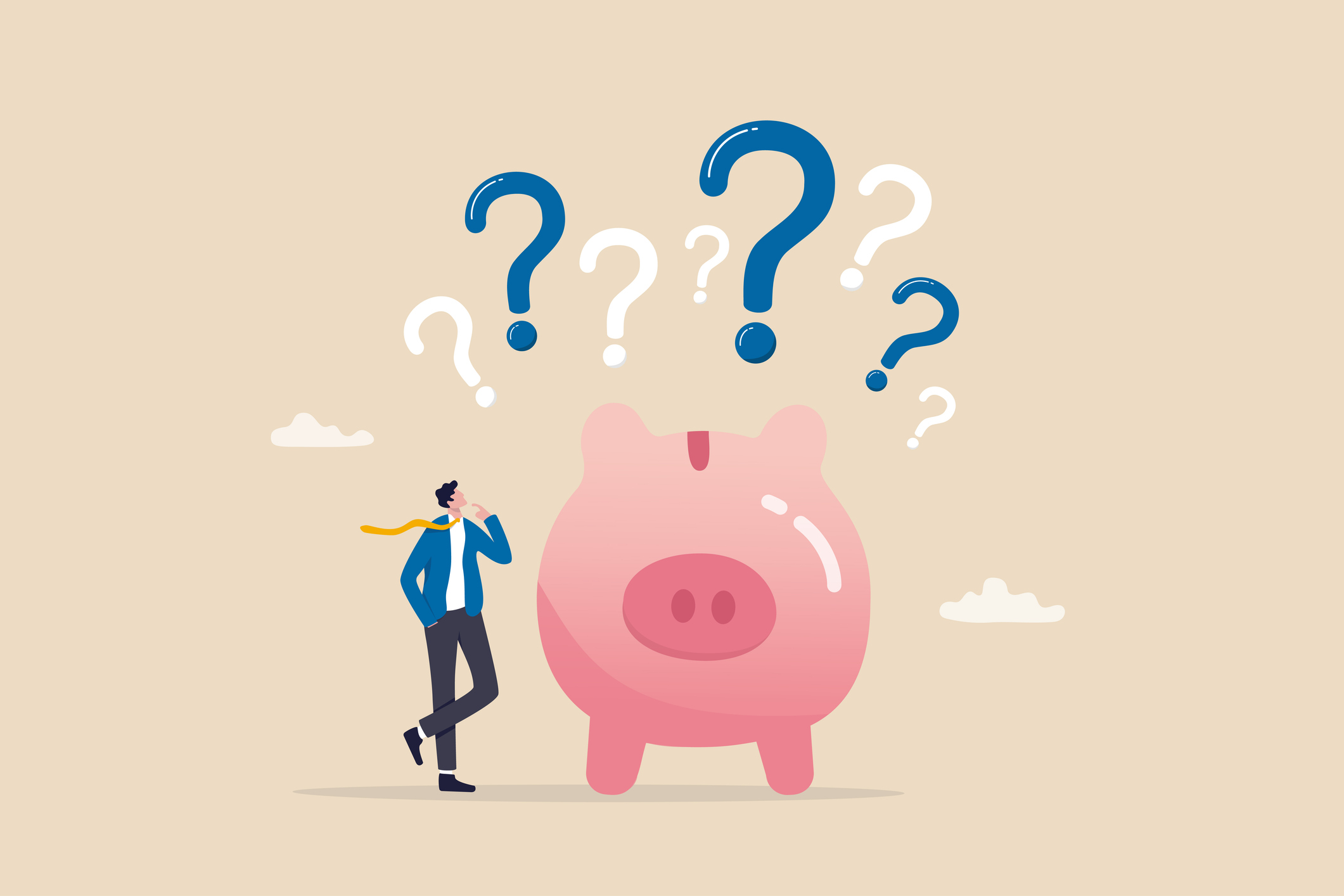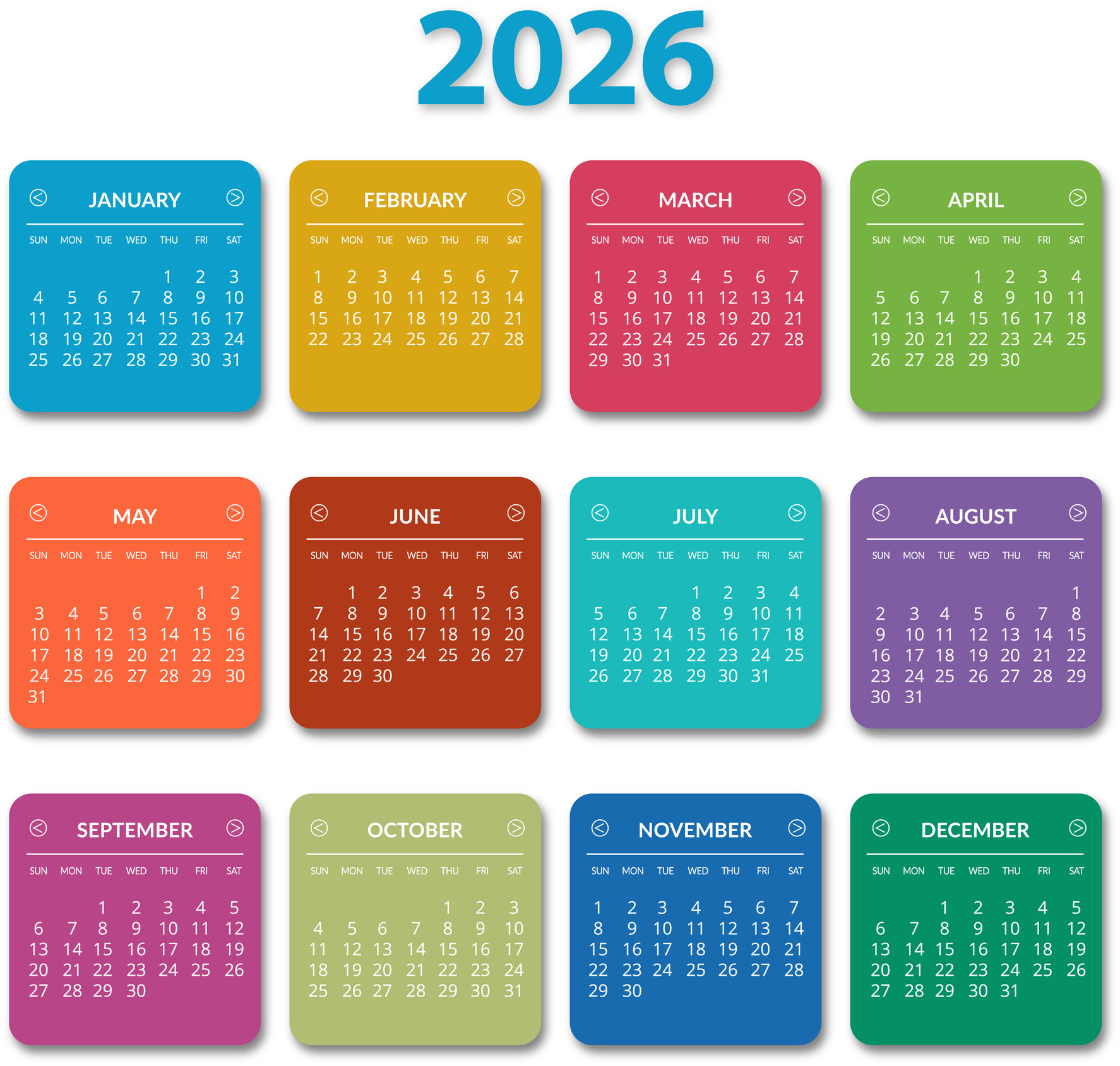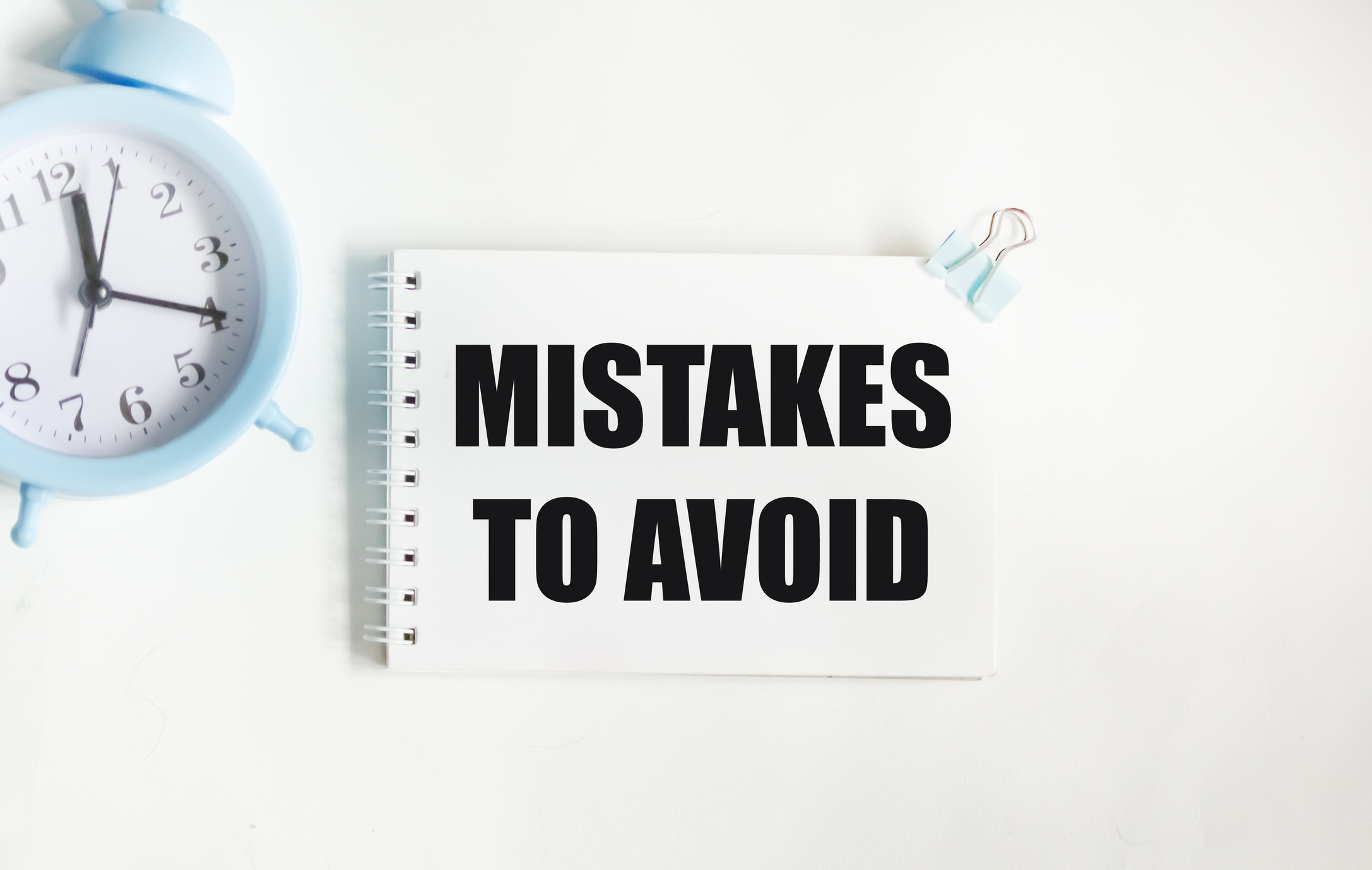I Have to Take a $22,000 RMD by the End of the Year, and I Don't Need the Money. What Should I Do With It?
We ask financial experts for advice.


Question: I have to take a $22,000 RMD by the end of the year, and I don't need the money. What should I do with it?
Answer: The nice thing about saving for retirement in a traditional IRA or 401(k) is getting to enjoy an immediate tax break on your contributions. If you found yourself in a higher tax bracket during your career, a traditional retirement account probably made more sense for you than a Roth.
But what if you're older and are now regretting that decision because you’re on the hook for a $22,000 required minimum distribution (RMD) you don’t need?
From just $107.88 $24.99 for Kiplinger Personal Finance
Be a smarter, better informed investor.

Sign up for Kiplinger’s Free Newsletters
Profit and prosper with the best of expert advice on investing, taxes, retirement, personal finance and more - straight to your e-mail.
Profit and prosper with the best of expert advice - straight to your e-mail.
If you don’t take that distribution by year-end, you could be looking at a 25% penalty for a missed RMD that amounts to $5,500. That’s a lot of money to throw away.
A better idea? Find a good use for that money — even if it requires you to get creative. Here are some options.
Wipe out or reduce your tax liability with charitable contributions
RMDs can sting when you don’t need the money, since you’re increasing your tax burden for what might seem like no good reason. One way to potentially cancel that tax bill is to donate funds directly from your retirement account to charity in the form of a qualified charitable distribution (QCD).
As James Hutchens, national practice lead for Wealth Advisory at Northern Trust, explains, “If you’re 70½ or older, you can make a qualified charitable distribution directly from your IRA — up to $108,000 in 2025 — to a qualified nonprofit. This satisfies your RMD and avoids adding the withdrawal to your taxable income.”
You should also know that from a tax perspective, QCDs can be beneficial because they're not itemized, but simply excluded from your taxable income. This means you can still take the standard deduction, which might be your preferred route if you’re no longer paying off a mortgage and don’t have many deductions to itemize.
To be clear, a QCD must go directly from your IRA to a registered charity, and you can't make a QCD directly from a 401(k). However, you can roll funds from a 401(k) into an IRA, then make your QCD from that account to satisfy your RMD.
Along these lines, Mark Gelbman, financial adviser and owner at Strategic Wealth Solutions, says that if you’re forced to take an RMD and are looking to donate the money, it could pay to think outside the box.
“Look at organizations that you’re passionate about and figure out if you can do some good while also minimizing your tax burden,” he says. “Maybe it’s a high school or college that you attended or a community theater that you’re passionate about. Think about those under-funded institutions that are consistently looking for resources but don’t necessarily have deep-pocketed donors.”
Gelbman also says you can look at setting up a family foundation. This generally won’t allow you to do a QCD. However, as he explains, “That could be a great opportunity to get younger generations into a more charitable mindset so they’re more likely to be charitable in their legacy planning.”
Create a living inheritance
A living inheritance allows you to transfer assets to your loved ones while you’re alive rather than bequeath them upon your death. As Hutchens explains, “Many families earmark RMDs for meaningful experiences, from multigenerational vacations to home upgrades, or use the annual gift tax exclusion to pass wealth directly to their heirs.”
If you don’t need to spend your RMD on yourself, it might bring you great joy to see that your money is being used to better a loved one’s financial situation.
Hutchens also suggests using the money to pay for a loved one's education.
"Some clients use RMDs to contribute to 529 plans for grandchildren, which can grow tax-free when used for education and may provide a state tax deduction."
Earmark the money for special experiences
If you don’t need your RMD, you might be inclined to take it as late in the year as possible. But Robert Jeter, a certified financial planner and founder at Back Bay Financial Planning & Investments, says you might want to adopt a different approach — namely, quarterly withdrawals.
“If done quarterly, it represents a special sort of income that can be spent on a really nice dinner with a spouse or a vacation every three months,” he explains.
Jeter says that while you could take the money out monthly, in that situation, “it just becomes more income to spend or re-allocate elsewhere.”
If you have a spouse or partner, you might want to sit down together once every three months to make a list of fun activities you could do with the money. If you have events or trips to look forward to, you might not resent having to take that money out of your retirement account.
Jeter also suggests talking with retired friends to see what new activities they’ve taken up since they stopped working.
“Neighbors or others in your community or retirement groups are great places to brainstorm these types of ideas or activities,” he says.
Read More
Profit and prosper with the best of Kiplinger's advice on investing, taxes, retirement, personal finance and much more. Delivered daily. Enter your email in the box and click Sign Me Up.

Maurie Backman is a freelance contributor to Kiplinger. She has over a decade of experience writing about financial topics, including retirement, investing, Social Security, and real estate. She has written for USA Today, U.S. News & World Report, and Bankrate. She studied creative writing and finance at Binghamton University and merged the two disciplines to help empower consumers to make smart financial planning decisions.
-
 Four Essential Michael Jordan Quotes on Life in Retirement
Four Essential Michael Jordan Quotes on Life in RetirementThe GOAT of basketball on how he spends his time and what he misses.
-
 Three Critical Tax Changes Could Boost Your Paycheck in 2026
Three Critical Tax Changes Could Boost Your Paycheck in 2026Tax Tips The IRS predicts these tax breaks may change take-home pay in 2026. Will you get over $1,000 in tax savings?
-
 Avoid These Four Mistakes in the Run Up to Retirement
Avoid These Four Mistakes in the Run Up to RetirementYou can learn a thing or two from the retirees who went before you.
-
 Where to Deposit Your Social Security Check
Where to Deposit Your Social Security CheckIf you receive Social Security checks, where you deposit them matters because it can help grow your earnings. See the best options.
-
 Over 50 and Can’t Stop Snacking? Here's How to Beat Junk Food Addiction
Over 50 and Can’t Stop Snacking? Here's How to Beat Junk Food AddictionGiving up ultra-processed food is designed to be hard. Here's why so many of us reach for the junk and how to gradually kick the habit.
-
 I'm 52, make $210K a year and heard I may lose a 401(k) tax break in 2026. Should I max out my 401(k) anyway?
I'm 52, make $210K a year and heard I may lose a 401(k) tax break in 2026. Should I max out my 401(k) anyway?We asked financial experts for advice.
-
 Ten Ways Family Offices Can Build Resilience in a Volatile World
Ten Ways Family Offices Can Build Resilience in a Volatile WorldFamily offices are shifting their global investment priorities and goals in the face of uncertainty, volatile markets and the influence of younger generations.
-
 Social Security Payment Schedule for 2026
Social Security Payment Schedule for 2026Find out when you can expect your 2026 Social Security payments and the date you get paid when your scheduled day falls on a holiday.
-
 Ready to File? Test Your Social Security Application IQ
Ready to File? Test Your Social Security Application IQQuiz Test your basic knowledge of filing for Social Security benefits in our 10 question quick quiz.
-
 The 10 Most Costly Social Security Mistakes to Avoid
The 10 Most Costly Social Security Mistakes to AvoidWant to maximize your Social Security check? Learn the 10 most common Social Security filing errors and the steps you need to take to boost your guaranteed retirement income.